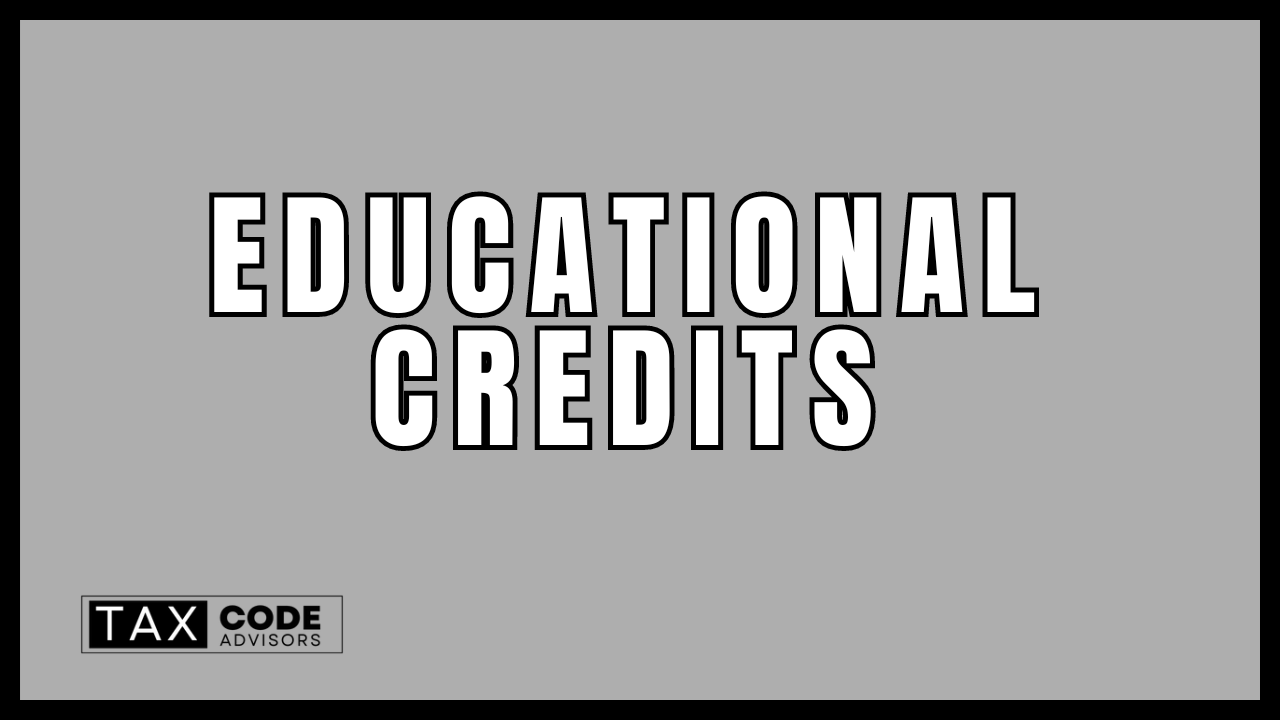
Understanding the Lifetime Learning Credit (LLC)
The Lifetime Learning Credit (LLC) serves as a financial boon for U.S. taxpayers, offering a reduction in tax liability by as much as $2,000 to defray the costs associated with higher education. While this credit lowers your tax bill, the IRS stipulates that it is non-refundable – meaning it can only reduce your owed taxes and cannot be returned as a refund.
Taxpayers can leverage the LLC repeatedly, with no maximum usage cap. It should be noted, however, that it cannot be used concurrently with the American Opportunity Tax Credit within the same fiscal year.
Eligibility for the LLC spans a broad educational spectrum, including undergraduate, graduate, and vocational courses, particularly those enhancing career skills. To qualify, students must be enrolled in IRS-recognized post-secondary institutions, taking courses toward a degree or credential that augments job competencies.
For the credit claim, students must have been enrolled for at least one academic period, such as a semester or quarter, initiated within the taxable year.
For the 2022 tax year, single filers must have a MAGI of $80,000 or less, and joint filers $160,000 or less, to claim the full credit. Individuals earning a MAGI above $90,000, or $180,000 for joint filers, are ineligible. The LLC phases out for incomes above these figures, and for taxable years post-2020, the phase-out thresholds have not been inflation-adjusted.
To claim the LLC or the American Opportunity Tax Credit (AOTC), obtain Form 1098-T from the educational institution, which helps determine your credit amount. Confirm the form's accuracy and complete Form 8863 to attach to your 1040 or 1040-SR tax return.
Alongside the LLC, the federal government provides several educational tax benefits, including the AOTC, tuition and fees deductions, and 529 savings plans. The AOTC offers up to $2,500 credit per student and is refundable up to $1,000, while tuition deductions can reduce taxable income by up to $4,000. The 529 plans facilitate tax-advantaged savings for future education costs.
The LLC amounts to 20% of the first $10,000 of qualified educational expenses, capped at $2,000 per tax year, with no limit on the number of years you can claim. Parents can claim the credit for a dependent child, but the cap remains per tax return, not per child.
The AOTC is limited to the initial four years of undergraduate study, while the LLC is more flexible, covering both undergraduate and graduate levels, as well as professional and vocational programs.
The LLC does not have an expiration date, providing ongoing annual benefits for those who meet the criteria.